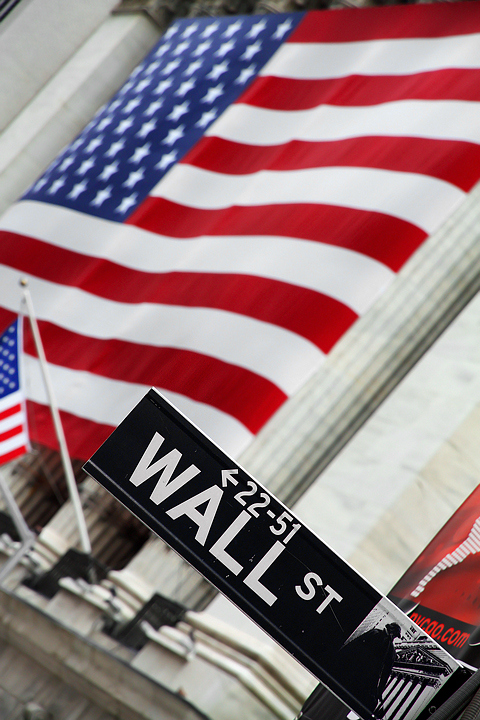

A treasury stock or reacquired stock is stock which is bought back by the issuing company, reducing the amount of outstanding stock on the open market ("open market" including insiders' holdings).
Stock repurchases are often used as a tax-efficient method to put cash into shareholders' hands, rather than paying dividends. Sometimes, companies do this when they feel that their stock is undervalued on the open market. Other times, companies do this to provide a "bonus" to incentive compensation plans for employees. Rather than receive cash, recipients receive an asset that might appreciate in value faster than cash saved in a bank account. Another motive for stock repurchase is to protect the company against a takeover threat.
The United Kingdom equivalent of treasury stock as used in the United States is treasury share. Treasury stocks in the UK refers to government bonds or gilts.
Limitations of treasury stock
-
Treasury stock does not pay a dividend
-
Treasury stock has no voting rights
-
Total treasury stock can not exceed the maximum proportion of total capitalization specified by law in the relevant country
When shares are repurchased, they may either be canceled or held for reissue. If not canceled, such shares are referred to as treasury shares. Technically, a repurchased share is a company's own share that has been bought back after having been issued and fully paid.
A company cannot own itself. The possession of treasury shares does not give the company the right to vote, to exercise pre-emptive rights as a shareholder, to receive cash dividends, or to receive assets on company liquidation. Treasury shares are essentially the same as unissued capital and no one advocates classifying unissued share capital as an asset on the balance sheet, as an asset should have probable future economic benefits. Treasury shares simply reduce ordinary share capital.
Buying back shares
Benefits
In an efficient market, a company buying back its stock should have no effect on its price per share valuation.If the market fairly prices a company's shares at $50/share, and the company buys back 100 shares for $5,000, it now has $5,000 less cash but there are 100 fewer shares outstanding; the net effect should be that the underlying value of each share is unchanged. Additionally, buying back shares will improve price/earnings ratios due to the reduced number of shares(and unchanged earnings) and improve earnings per share ratios due to fewer shares outstanding (and unchanged earnings).
If the market is not efficient, the company's shares may be underpriced. In that case a company can benefit its other shareholders by buying back shares. If a company's shares are overpriced, then a company is actually hurting its remaining shareholders by buying back stock.
Incentives
One other reason for a company to buy back its own stock is to reward holders of stock options. Call option holders are hurt by dividend payments, since, typically, they are not eligible to receive them. A share buyback program may increase the value of remaining shares (if the buyback is executed when shares are under-priced); if so, call option holders benefit. A dividend payment short term always decreases the value of shares after the payment, so, for stocks with regularly scheduled dividends, on the day shares go ex-dividend, call option holders always lose whereas put option holders benefit. This does not apply to unscheduled (special) dividends since the strike prices of options are typically adjusted to reflect the amount of the special dividend. Finally, if the sellers into a corporate buyback are actually the call option holders themselves, they may directly benefit from temporary unrealistically favourable pricing.
A company does not benefit by helping call stock options holder so this is not an incentive. A company will not do it for this reason except for the case in which the decision makers for the company have the incentive of profiting which is indeed illegal.
After buyback
The company can either retire (cancel) the shares (however, retired shares are not listed as treasury stock on the company's financial statements) or hold the shares for later resale. Buying back stock reduces the number of outstanding shares. Accompanying the decrease in the number of shares outstanding is a reduction in company assets, in particular, cash assets, which are used to buy back shares.
Accounting for treasury stock
On the balance sheet, treasury stock is listed under shareholders' equity as a negative number. The accounts may be called "Treasury stock" or "equity reduction".
One way of accounting for treasury stock is with the cost method. In this method, the paid-in capital account is reduced in the balance sheet when the treasury stock is bought. When the treasury stock is sold back on the open market, the paid-in capital is either debited or credited if it is sold for more or less than the initial cost respectively.
Another common way for accounting for treasury stock is the par value method. In the par value method, when the stock is purchased back from the market, the books will reflect the action as a retirement of the shares. Therefore, common stock is debited and treasury stock is credited. However, when the treasury stock is resold back to the market the entry in the books will be the same as the cost method.
In either method, any transaction involving treasury stock cannot increase the amount of retained earnings. If the treasury stock is sold for more than cost, then the paid-in capital treasury stock is the account that is increased, not retained earnings. In auditing financial statements, it is a common practice to check for this error to detect possible attempts to "cook the books."
United States regulations
In the United States, buybacks are covered by multiple laws under the auspices of the Securities and Exchange Commission.



















